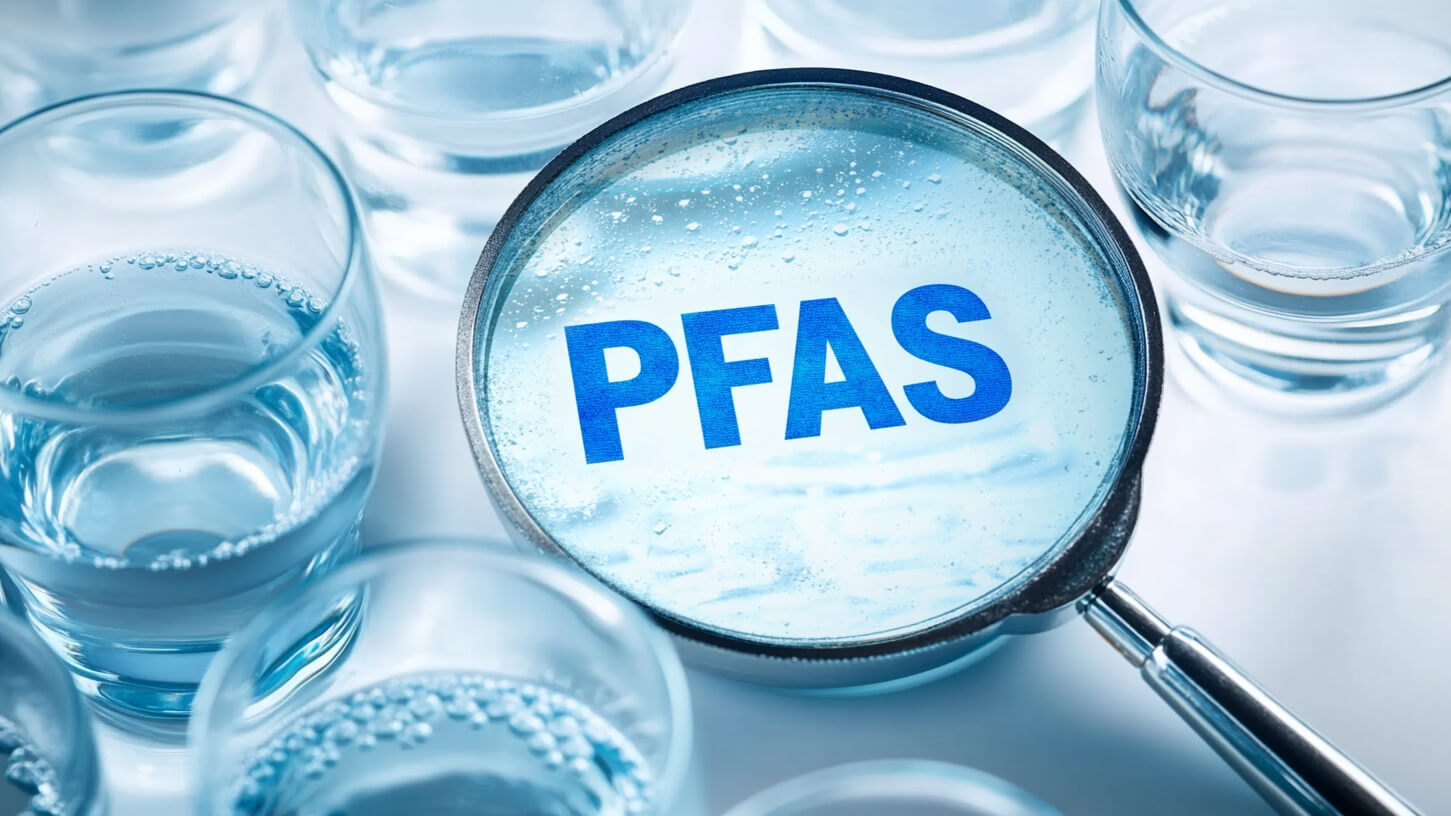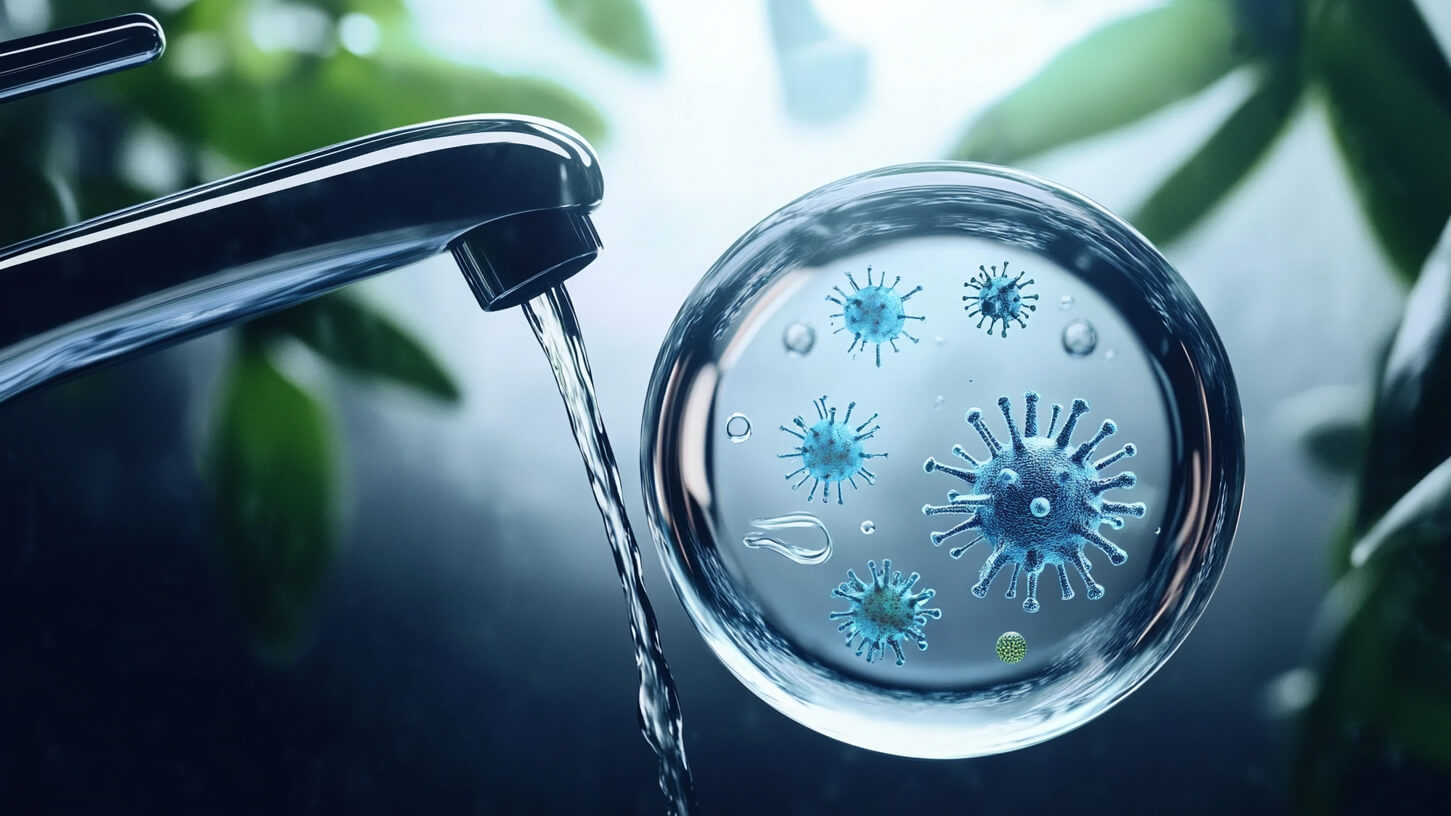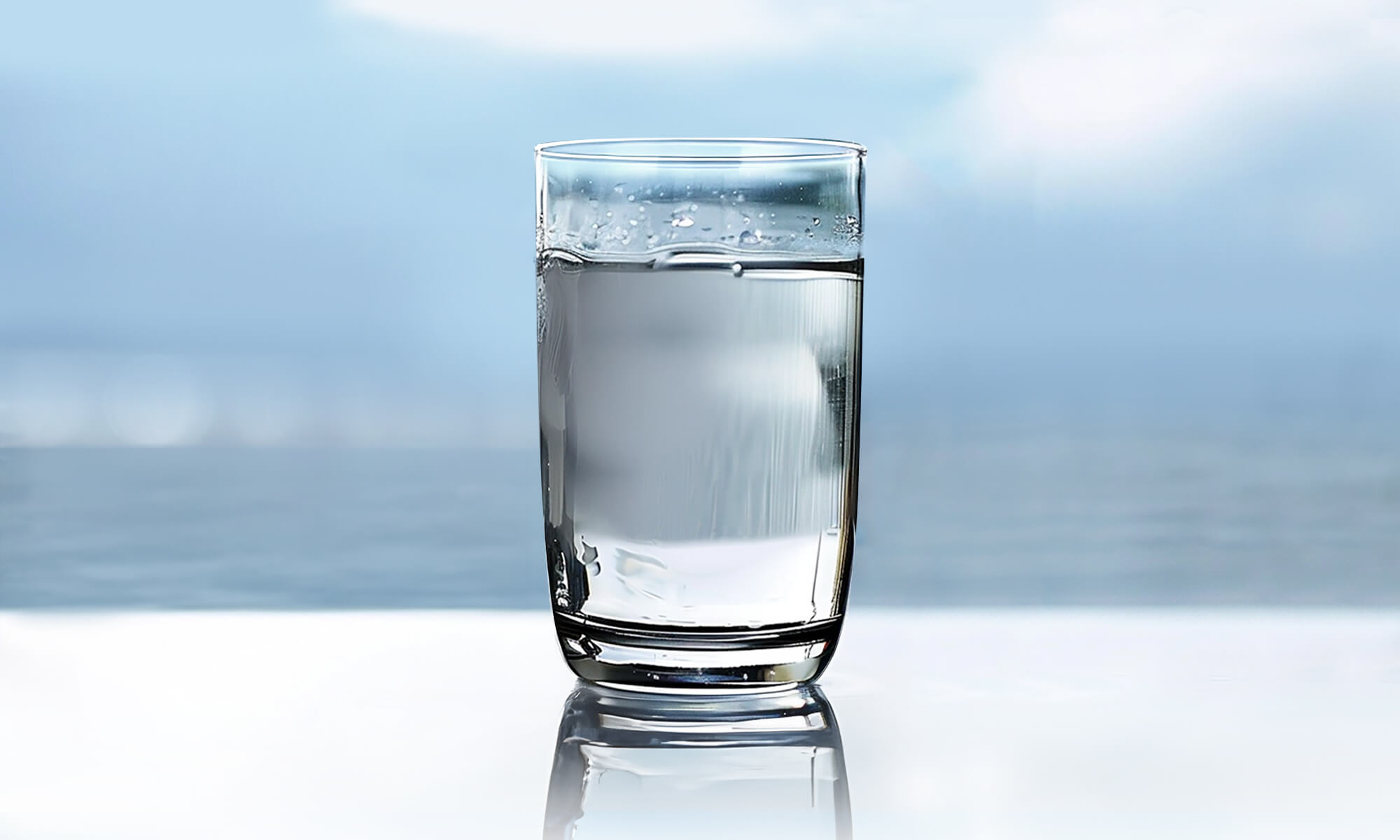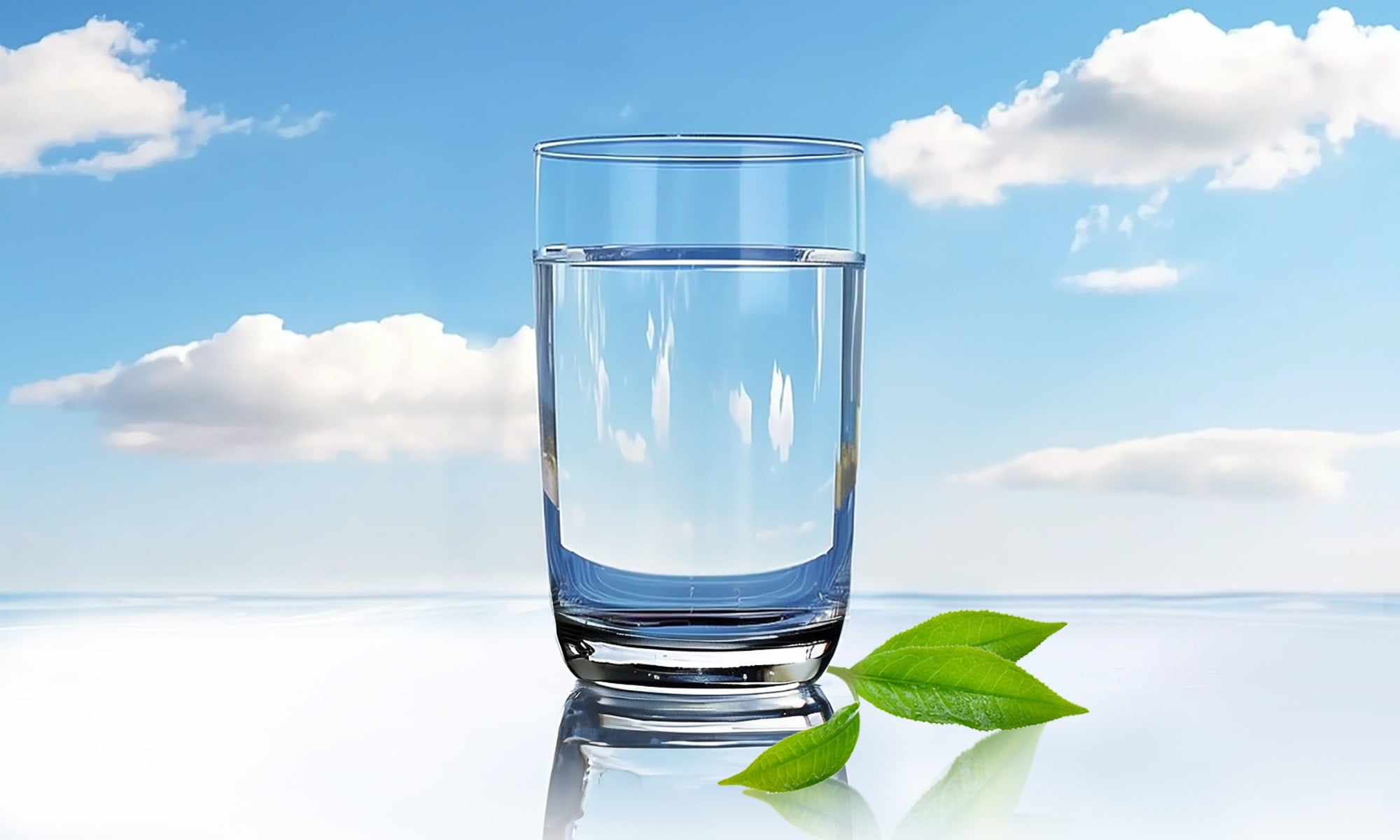Reverse Osmosis Water Filters
Eliminates Impurities From Your Tap Water
With over 25 years of expertise, APEC Water is a trusted provider of clean drinking water solutions to homes worldwide. Choose from our premium Ultimate Series with US-made filters, the high-performance Essence Series, the sleek and modern Tankless Series, or our convenient plug-and-play Countertop Series. APEC is committed to delivering the best reverse osmosis water filtration systems for ultimate purity and removing harmful contaminants.

Chlorine & Odor
Chlorine is commonly used to disinfect city water, but overexposure can cause skin irritation, bleach-like odors, and other unwanted effects. Our premium activated carbon filters, featured in APEC water filtration systems, effectively remove chlorine from tap water to deliver cleaner, better-tasting water.

PFAS & Contaminants
PFAS, also called "forever chemicals", are a growing concern in water contamination. APEC Water’s carbon and reverse osmosis filtration systems can remove up to 99.99% of many harmful contaminants, including PFAS, ensuring PFAS-free drinking water and protecting your family’s health.

Bacteria & Viruses
Waterborne bacteria and viruses can lead to serious illnesses. Recommended by the CDC, APEC’s reverse osmosis systems effectively remove bacteria from water and eliminate harmful microorganisms, offering the highest protection for your family’s health with virus removal water filters.
Shop by Collection
Advanced Purification Engineering Corp.
Best Reverse Osmosis Water Filtration Systems
Enjoy unlimited fresh, clean, and great-tasting water directly from your kitchen tap—perfect for cooking, coffee, tea, and ice. APEC Water’s advanced reverse osmosis systems provide 99% contaminant-free water for a healthier lifestyle. Built for durability, our products offer reliable, long-lasting performance, making them the best reverse osmosis system for home use.

Before

After

A Mark of Quality
WQA Gold Seal Certified
APEC Water is proud to have its reverse osmosis systems WQA Gold Seal Certified—a mark of excellence in water filtration. Additionally, our Ultimate Series exclusively uses high-capacity, US-made high capacity filters to ensure the best quality drinking water for your family.
WQA Gold Seal Certification ensures top performance, unmatched quality, long-lasting durability, and trusted safety for your water filtration system. When you choose APEC Water, you’re choosing a trusted water filter system that meets the highest standards.
Shop Undersink RO SystemsCustomer Testimonials
Reverse Osmosis Water Filter
Frequently Asked Questions
What Is Reverse Osmosis?
Osmosis is the natural tendency of water molecules to move through a semipermeable membrane in a way that results in an equal concentration of any substances dissolved in the water (such as salts or ions) on both sides of the membrane.
As the name suggests, reverse osmosis takes this process and reverses it, using pressure to push water through a semipermeable membrane that blocks larger particles from passing. This results in pure water on one side of the membrane, with almost all contaminants left behind on the other.
Your tap water, though deemed drinkable by local processing facilities, is likely not free from impurities. A reverse osmosis water filter system removes unwanted inclusions like dirt, bacteria, salts, and minerals from your home water source so your water is cleaner, healthier, and better tasting.
How Does an RO System Work?
An RO system connects to your tap water line and uses a sophisticated process to purify the water. This process can be broken down into three key steps.
1. Pre-Filtration
First, water enters the system and passes through a series of filters designed to remove larger particles from the water. They remove substances like:
Sand
Dirt
Rust
Chlorine
2. Reverse Osmosis
Next, high-pressure pumps force the water through a semipermeable membrane. The membrane allows pure water to pass through while filtering out particles like salts, minerals, metals, and most bacteria and viruses.
When the process is complete, one side of the membrane will have pure water, and the other side will have leftover water with a higher concentration of contaminants. This unfiltered water is released down your drain.
After this step, some systems may use additional specialty filters to pick up any remaining contaminants or a remineralizing filter to add back healthy
minerals.
3. Storage
Once the water has been completely filtered, a typical RO system with a storage tank will collect the water. Then, anytime you turn on the faucet for filtered water, you’ll have a supply ready for your use—no need to wait for water to go through the filtration process.
Why Do You Need an RO System?
An RO system brings an array of benefits to your home from the moment it’s installed.
- Water tastes better without salts, minerals, or metals.
- Filtered water is better for cooking because it doesn’t have inclusions that could affect the taste of your recipes.
- There are many health benefits to RO filtration, as contaminants that could harm you in the long run (like heavy metals and bacteria) are removed from your drinking water.
- Filtered water is far better for pets to drink and for aquarium animals to live in.
- An RO system means you don't need to buy water bottles or have a pitcher filter that takes up a lot of space in your fridge.
- RO is more comprehensive than most other types of filtration, which usually only remove a limited range of contaminants.
The advantages of using an RO system are undeniable. The main question is, which type is right for you?
Why Are There Different Types Of RO Systems, such as Tankless RO Systems, Traditional RO Systems, etc?
APEC offers RO systems in all shapes and sizes to suit different needs. Here are the three main types of RO systems you can choose
from.
1. Tankless RO Systems
Tankless RO systems are among the most convenient because they’re small enough to fit almost anywhere. They don’t have a water reservoir, so they’re compact and visually pleasing. However, they need a 110 V outlet, as they operate with electricity.
These systems are built for everyday consumers with an extremely easy filter-changing process. You can replace a used filter in just a few
seconds—just twist and pull to remove, then push on the new filter.
2. Traditional RO Systems
A traditional RO system has a tank that holds 4 gallons of water, so the water dispenses faster than from a tankless system. It also ensures you always have clean water available, even if your water supply is temporarily shut off. It does, however, require more space than other options.
If you feel intimidated by this system, don’t be. Even though it's bigger than a tankless system, it actually has a simpler configuration. You can clearly see all parts of the system, making it easy to identify problems.
3. Countertop RO Systems
A countertop RO system is a perfect option for renters and small spaces. It takes up very little space and is easy to install and maintain.
The system operates with electricity and has a water reservoir you fill instead of connecting to your tap water supply. It can also dispense hot water thanks to preset and custom temperature settings.
Do I Need Mineralized (pH+) water?
Mineralized/Alkaline water is slightly less acidic than regular drinking water. A reverse osmosis water filtration system adds alkaline minerals at its last stage after the water is filtered through an RO membrane.
There is no definite proof, but some studies state that alkaline water lowers levels of bad (LDL) cholesterol and raises the levels of good (HDL) cholesterol, hence it helps prevent heart disease and lower
How Do I Test My Water For Contaminants and TDS?
We have TDS meter available for purchase. It is a battery-powered simple testing device that provides the TDS reading with a digital display.
Is The Reverse Osmosis System DIY? Am I Able To Install The RO System Myself?
There are a few different types of reverse osmosis systems that requires different levels of installation. Most people are able to install the undersink RO systems following the instruction manual. They do require drilling to install the faucet and drain saddle.
What Substances Are Filtered Through RO Systems?
An effective RO system can remove many substances, such as:
- Chlorine
- Salts
- Sediment (such as tiny dirt or sand particles)
- PFAS (Forever Chemicals)
- Bacteria and viruses
- Heavy Metals
- Minerals
- Arsenic
What Is the Lifespan of an RO System?
An RO system can last up to 10 years if maintained properly. However, the filters will need to be changed according to the instructions that come with your system (usually every year).
Is RO Filtered Water ‘Pure Water’?
Hardly any water on this planet can be considered completely “pure.” Even water found in the heart of a glacier or a mountain spring will have salts or minerals picked up from the earth. However, RO filtration can remove up to 99% of contaminants from water, making it the purest water you can get inside your home.
Is RO Filtered Water the Same as Distilled Water?
While distillation and reverse osmosis systems produce water cleaner than you would normally get out of your tap, the treatment processes are completely different.
To create distilled water, the water is boiled and evaporated, leaving dissolved solids behind. The vapor is then condensed, and the clean water is collected in another container.
RO filtration uses pumps and a semipermeable membrane to produce clean water.
While you can find both distilled water and RO-filtered water in stores and at home, RO water filtration systems are much more practical and common.
Choose APEC RO Water Filtration Systems
You deserve to have clean water for your home. You don’t always have control over what’s included in your tap water, but with an RO system, you’ll have the peace of mind that your water is as pure as it can be.
Ready to enjoy filtered, clean water from home? Shop our reverse osmosis water filtration systems!
Got more questions? Try our quick system quiz to help determine the system that suits you the best.
Is it healthy to drink reverse osmosis water?
Reverse osmosis water is clean and healthy. Reverse osmosis water from a maintained RO system is the same quality if not better than bottled water.
What is the disadvantage of reverse osmosis filter?
RO systems can produce waste water while producing clean drinking water. And every system will require routine maintenance such as filter change. RO water filters remove almost all minerals from water, including healthy minerals. But there are many systems include a re-mineralizer, which adds healthy minerals back to the filtered water.
Is reverse osmosis a good way to filter water?
Yes, reverse osmosis is considered the best way to filter water at home. It is one of the most effective methods of removing wide range of contaminants, including dissolved solids, chemicals, heavy metals, bacteria, viruses, PFAS, and more.
What Cannot be filtered by reverse osmosis?
Reverse osmosis can filter most contaminants. But not for those that are molecularly smaller than water. But with the combination of multiple stages of filtration, a reverse osmosis system is the most effective water filtration method available.
How much maintenance does a reverse osmosis system require?
A reverse osmosis system typically requires regular filter replacements, usually every 6 months to 1 year for pre-filters and post-filters, while the RO membrane itself should be replaced every 2-5 years depending on water quality and usage.
Why do I need a reverse osmosis system?
- Health benefits: RO systems can remove most harmful contaminants that can impact your health.
- Cost savings: RO systems can provide purified water without the need to buy bottled water.
- Taste and odor: RO systems can improve the taste and odor of your water.
- Convenience: You can have filtered water available without having to leave the house.






















